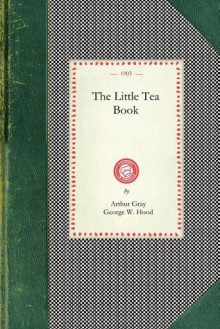The idea of the spiritual nature of tea has long been part of Japanese culture, and somewhat of a mystery to Western culture. With the 1906 publication of Kakuzo Okakura's "The Book of Tea," this connection was made clear to American readers who were beginning to see an upsurge of Japanese...
show more
The idea of the spiritual nature of tea has long been part of Japanese culture, and somewhat of a mystery to Western culture. With the 1906 publication of Kakuzo Okakura's "The Book of Tea," this connection was made clear to American readers who were beginning to see an upsurge of Japanese influence in the arts and culture. Through his work, Okakura introduced the term "Teaism" and explained to Western readers the influence tea, and its associated ceremonies, had on every aspect of Japanese life. Written in English, the work spoke to Westerners in terms they could understand, explaining not only Zen and Taoism, but also the secular aspects of tea, its simplicity and clarity, and its influence on Japanese art and architecture. He ends the work with a discussion of Tea Masters, particularly Sen no Rikyu's contributions to the Japanese Tea Ceremony. Through this immensely important work, Okakura guided Westerners into Japan's culture, teaching an appreciation of its culture, its art, and its philosophies.
show less

